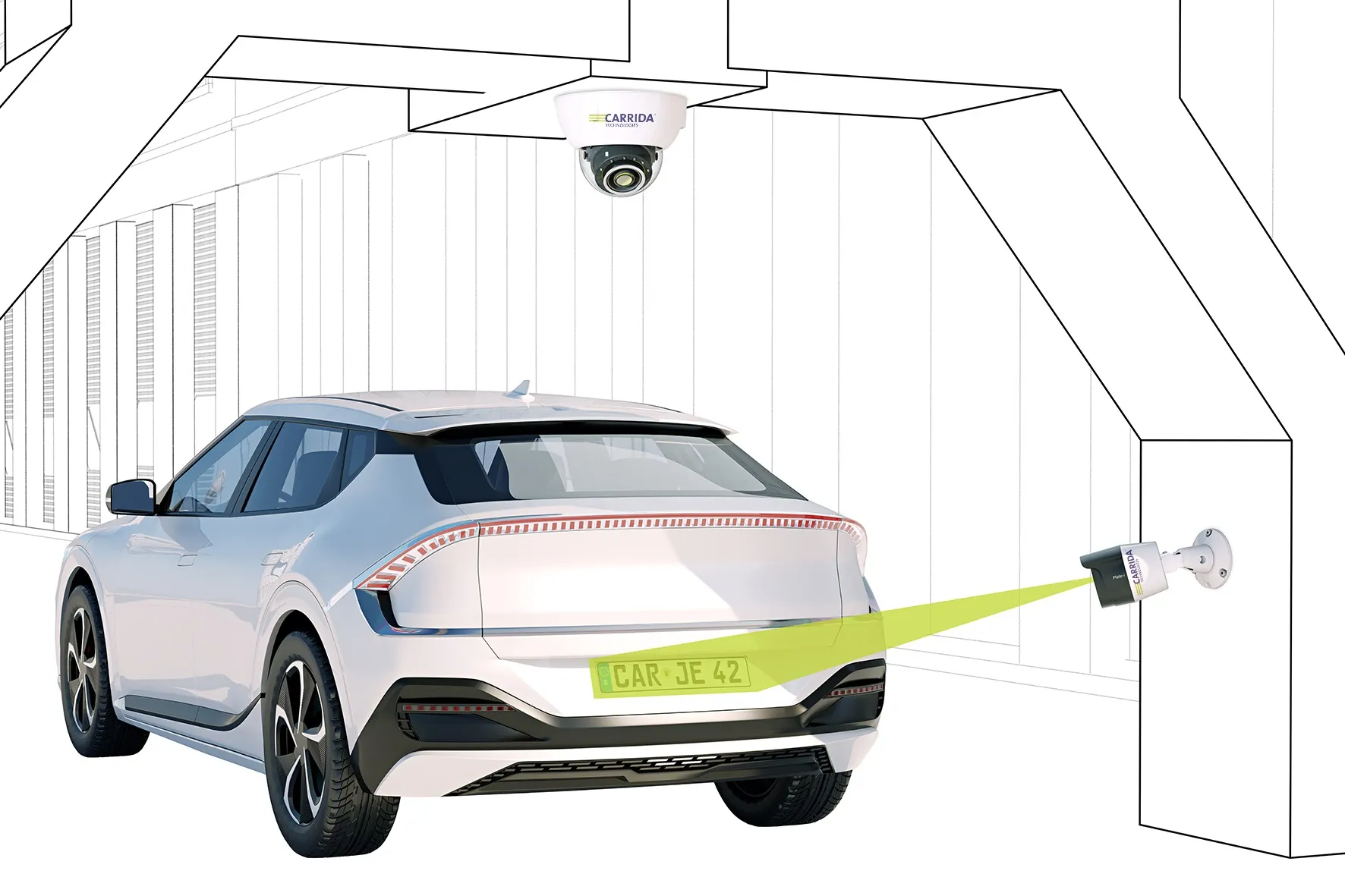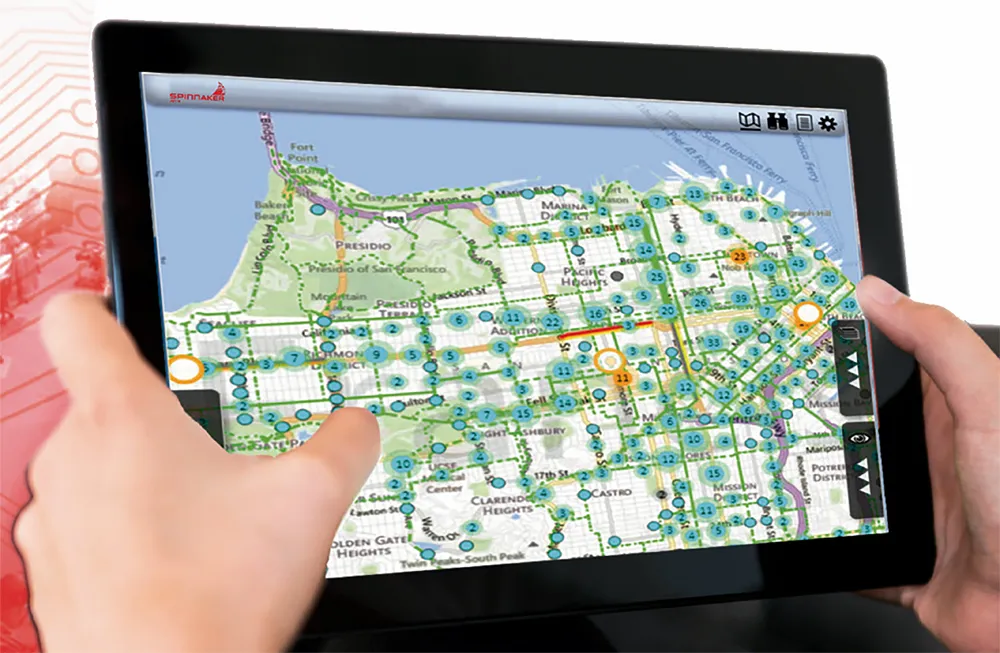
Carrida Technologies is showcasing the Carrida Plate-i Dome licence plate recognition camera for the first time at Intertraffic in Amsterdam.
The company, based in Ettlingen, Germany, says the camera expands the cost-effective and universally applicable Plate-i family with a model that features optical zoom and a detection range of up to 16m.
Also at Intertraffic, Carrida is presenting version 4.9.3 of its Carrida ANPR software, which can be used on Carrida cameras and any other hardware. It identifies and reads all licence plates worldwide and has AI-optimised functionalities for recognising vehicle make and model.
Carrida says that with its “unrivalled entry-level price of less than €500”, the Plate-i cameras open up new applications, such as management of smaller parking spaces and charging stations for electric cars as well as in the smart home sector. The cameras come with an integrated AI chip that enables make-and-model recognition directly on the camera without affecting the onboard ANPR processing.
The Plate-i Basic has a detection range of up to 7m while the new upgraded version with an integrated zoom can detect licence plates and vehicle types at up to 16m. With its glass dome, the new model also offers increased protection against vandalism and maximum robustness for outdoor applications. The Sony 4K image sensor and infrared lighting enables licence plates and vehicles to be reliably detected even in difficult lighting conditions.
Both cameras - developed in Germany and manufactured in Taiwan - are also supplied with the pre-installed Carrida ANPR Software. They can be configured quickly and easily via web GUI or REST API and are ready for immediate use.
With the software, image capture and optimisation, licence plate and vehicle recognition as well as other functions for access control and parking space management are carried out entirely on the camera. No additional computing unit is required. With its AI-supported algorithms, the Carrida Software achieves a recognition accuracy of over 99%. It offers intelligent encryption and protects data and software from unauthorised access.
In the latest version, Carrida 4.9.3, licence plate recognition has been improved, especially for steep viewing angles, as well as for licence plates from Taiwan and other countries.
The software is highly optimised for ARM and X86 platforms with Linux, Windows and Android operating systems. They have extended functions for classification as well as for travel time measurements and traffic route analysis in IoT networks. All data is replaced by a non-recalculable hash value then stored and processed anonymously in compliance with the GDPR – the European Union’s General Data Protection Regulation.
Advanced security features such as public key authentication for FTP actions and MQTT support are also integrated.
Carrida's product portfolio ranges from Carrida SDK, a hardware-independent software library that runs on any PC, edge device and server/cloud, to edge solutions with on-board data processing. Carrida Technologies was founded in 2017 as a joint venture of the two companies Vision Components (Ettlingen/Karlsruhe in Germany) and SL Solutions (Graz in Austria).









